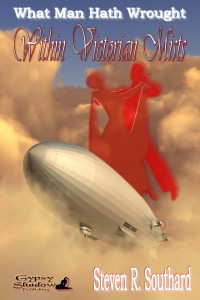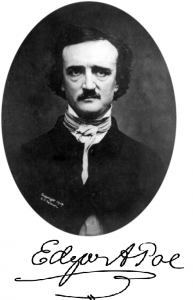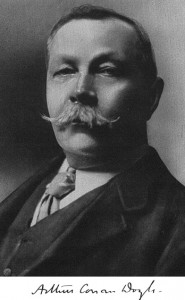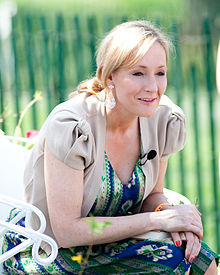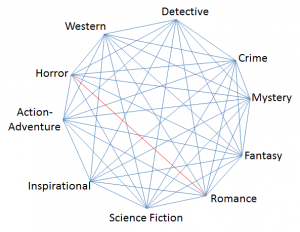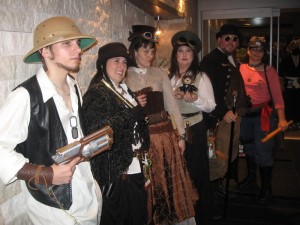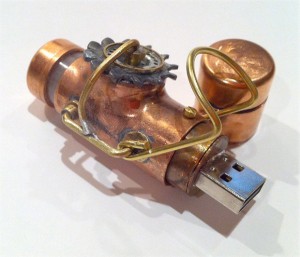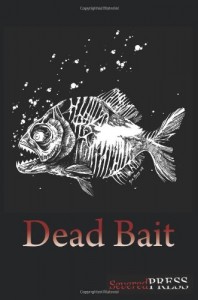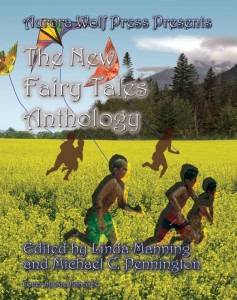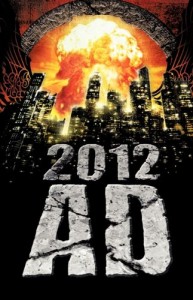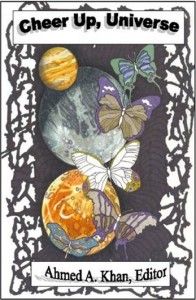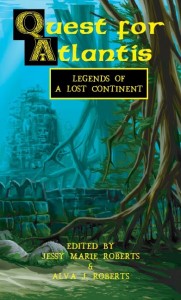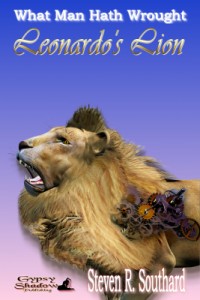I’ve written before about the conflict between the way readers want authors to be, and the way authors’ muses want them to be. Now I’ll carry those thoughts forward to conclusion.
As a reminder, readers want you (as an author) to be consistent in genre and style so when they pick up one of your books, they know what they’re getting and aren’t surprised. On the other hand, writers’ muses are creative and get bored with sameness; they’re always seeking something new and different; it’s always possible for an author’s ideas to run dry, and that’s another reason for writing in several genres.
There’s a conflict, a disconnect, between the desires of the people in each camp. I think it’s a little much to expect readers to change. They’re the customer, after all, and the customer is always right.
One possible answer is the use of pen names, also called nom de plumes or pseudonyms. There are many other reasons you might use one, but we’ll just discuss one today. The idea is to create a persona, an alter ego, another version of yourself. The author going by that fictitious name is a specialist in a particular genre, a specific type of story. That’s that persona’s brand.
A downside of pen names these days results from (1) our lives being recorded on the Internet to a great degree, and (2) readers’ desire to know their favorite authors in as personal a way as possible. Those facts make it difficult to prevent people from finding out the real author behind the pen name. Authors these days are expected to have their own websites, with their picture and a list of future appearances; some of those things might be difficult for a nom de plume to pull off. Further, curious and persistent readers even go to the extent of analyzing writing to determine if two apparently different authors are really one person.
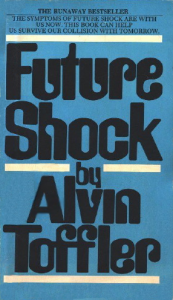 But to dismiss these disadvantages for a moment, are we headed for an end state where most authors actually have multiple names, several personas, each cranking out stories according to his or her particular brand? That would seem to please both authors and readers. This was foreseen, in a way, by Alvin Toffler in his 1970 book Future Shock. After observing the increasing number and amount of temporary, throw-away material products, Toffler introduced the concept of the “Modular Man,” a disposable person. In the future, all people would form several personas, try them out, and discard them as they please.
But to dismiss these disadvantages for a moment, are we headed for an end state where most authors actually have multiple names, several personas, each cranking out stories according to his or her particular brand? That would seem to please both authors and readers. This was foreseen, in a way, by Alvin Toffler in his 1970 book Future Shock. After observing the increasing number and amount of temporary, throw-away material products, Toffler introduced the concept of the “Modular Man,” a disposable person. In the future, all people would form several personas, try them out, and discard them as they please.
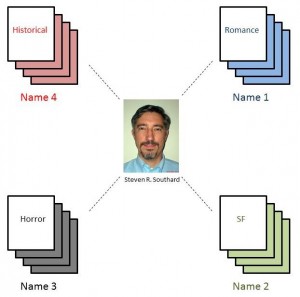 Is the literary world now reaching Toffler’s future? What if you created a separate name under which you wrote romances, another name for horror, and one more for science fiction. For each name, there would be a website for which you wrote blogs and connected with curious readers by e-mail. Perhaps with some photo manipulation you could get away with posting pictures of these ‘virtual authors.’ Some of them might be male, others female–in fact all of them might be the opposite gender from your real one. Each one could write stories and blog entries in a different style according to their various personalities.
Is the literary world now reaching Toffler’s future? What if you created a separate name under which you wrote romances, another name for horror, and one more for science fiction. For each name, there would be a website for which you wrote blogs and connected with curious readers by e-mail. Perhaps with some photo manipulation you could get away with posting pictures of these ‘virtual authors.’ Some of them might be male, others female–in fact all of them might be the opposite gender from your real one. Each one could write stories and blog entries in a different style according to their various personalities.
Difficult? As a fiction author, you’re used to creating multiple and varied people. The only difference here is you’re not creating characters in stories; you’re creating other versions of yourself, where each version is an author. One or more of those versions could be quite outrageous, edgy, and controversial. Why not?
As of today (so far as you know) I have not plunged into that future/present to any significant extent. I’m sure others already have. As for the one who signs my blog entries, that’s really a job title, not a name. It is my attempt at an alternate persona, my nod at creating a modular author. Leave a comment and let me know if you would like to have a portfolio of alternate writing personas, if you do it already, and how many such modular authors you maintain. Though it’s not really me, but kind of is, I’m—
Poseidon’s Scribe

